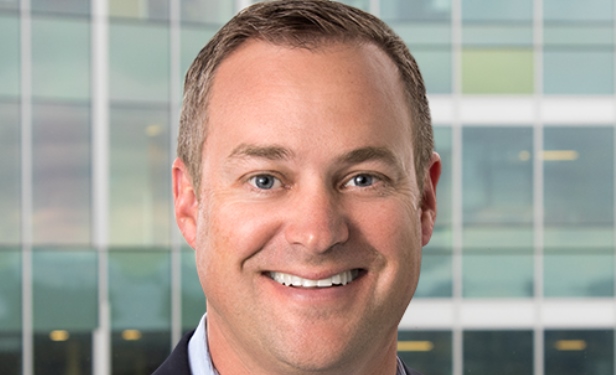 Mayes says Seattle had the highest rent growth in the world in 2016.
Mayes says Seattle had the highest rent growth in the world in 2016.
SEATTLE—With the frenzied pace of development in the Puget Sound, companies are beefing up staff to keep up with the activity. With a focus on light industrial, Bridge Development Partners LLC is no exception.
Earlier this fall, the firm announced that Spencer Mayes joined the firm as senior vice president of development in Seattle. In this exclusive, Mayes recently shared insights into Seattle development, trends and technology.
GlobeSt.com: Seattle was ranked number two by Business Insider in terms of economic ranking. What types of buildings are being constructed to show that dominance over many other states?
Mayes: We are still seeing construction of all building types, including office, residential of both multifamily and single family, and light industrial. The Puget Sound area is fortunate to have so many large corporations driving our growth such as Boeing, Microsoft, Amazon, Starbucks and Costco, just to name a few. Employment growth, particularly in technology, has really fueled the demand for all kinds of real estate in our area.
A good barometer for how much real estate development is occurring in the CBD of the Seattle area, compared to other markets, is the number of tower cranes. For the third year in a row, Seattle has had the most cranes in the country, with over 60% more than the next closest city and more than San Francisco and Los Angeles combined.
Further, rent growth tells a similar story and highlights the dominance the Seattle market is having over others. Over the past two years, Seattle has had the highest rent growth in the country and in 2016, had the highest rent growth in the world. The constraint on supply of industrial land has kept development relatively low for how quickly the area is growing. Rent growth is the result of the strong demand for industrial product in Seattle, outpacing supply.
GlobeSt.com: What other construction trends are you seeing that are perhaps unique to Seattle?
Mayes: We are seeing companies move away from private offices and toward open concepts with work spaces, teaming areas and bench style seating. Amenities such as pet-friendly offices, catered meals or cafeterias, video and parlor games, and even a lounge area with TVs and adult beverages, all enable employees to stay at the office longer.
In the industrial sector, we have seen the first modern multistory warehouse in the country constructed here. This three-story warehouse was the first of its kind with dock-high loading on the first and second levels, and freight elevator served loaded on the third floor. Now we are seeing others planned across the country.
GlobeSt.com: What types of technology is part of the building going on in the metro?
Mayes: Destination Dispatch elevator systems that group passengers with the same or similar destinations into the same elevator car, so that it doesn't stop at every other floor.
Instead of seeing rolls of blueprints around the jobsites, we see guys checking drawings on iPads and flat screen TVs built into their job boxes, allowing for real-time updates. Consultants, contractors and subs are building 3D computer models to vet out conflicts before they occur in the field.
Amazon has taken the “grab and go” concept to a new level. They've introduced convenience/grocery stores without cashiers or check-out lines. Technology in the store tracks what products you take and automatically debits your Amazon account as you walk out the door.
GlobeSt.com: What are the growth plans for your company that will allow you to keep pace with the economic growth?
Mayes: Our focus is on light industrial product only and our strategy is one of controlled growth. We're looking for opportunities to develop a broad mix of building sizes all around the Pacific Northwest, and will build them speculatively. We're not looking to control land positions with the sole strategy of landing a build-to-suit. Ideally, we would have six to eight projects in various stages of the development process so that we can keep a continuous flow of work, while keeping it manageable for our Seattle team. We're adding another team member later this year to focus on entitlements and construction on a couple of the projects that are starting this winter and spring.
© Touchpoint Markets, All Rights Reserved. Request academic re-use from www.copyright.com. All other uses, submit a request to [email protected]. For more inforrmation visit Asset & Logo Licensing.







